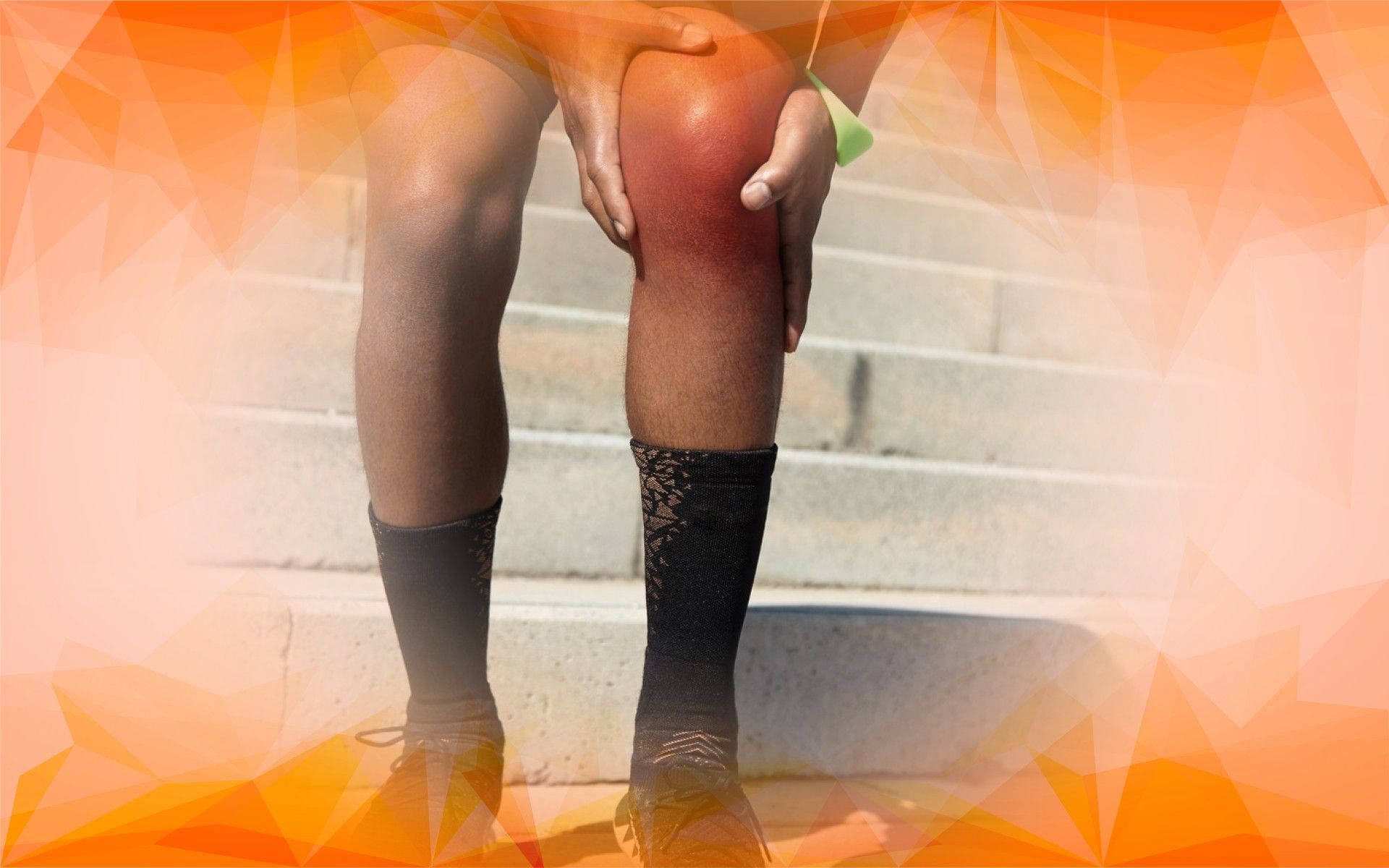What Is Knee Osteoarthritis and Why Consider Non-Surgical Treatments?
Knee osteoarthritis is a common joint condition that affects millions of people, particularly as they age. It occurs when the cartilage —the smooth, cushioning tissue at the ends of bones—breaks down over time. This leads to pain , stiffness, and difficulty moving the knee , making routine activities like walking or climbing stairs more challenging.
While surgery, such as knee replacement , is sometimes necessary for severe cases, many people achieve effective relief with non-surgical treatments. These approaches focus on managing symptoms and improving knee function without the risks and lengthy recovery that come with surgery. In this article, we’ll explore some of the best non-surgical options available, so you can learn how to relieve knee pain and regain mobility.
Why Choose Non-Surgical Treatments?
Non-surgical treatments are growing in popularity because they help control pain and boost knee function without major operations. Many recent studies suggest that non-surgical options can significantly improve quality of life and may even help you avoid or delay surgery. Since these therapies can be customized to your specific needs and lifestyle, they’re a practical choice for many people.
By strengthening the muscles around the knee , reducing inflammation, and improving joint mobility , non-surgical methods help you stay active and independent. However, for severely damaged joints or persistent, disabling pain, surgery may still be necessary—especially in complex cases where bone quality is a concern.
Exercise and Physical Therapy: Building Stronger Knees
Exercise and physical therapy are at the heart of non-surgical care for knee osteoarthritis . These programs typically center on gentle, low-impact movements that strengthen the muscles supporting your knee . When these muscles are stronger, they act like natural shock absorbers, relieving pressure on the affected joint.
Common and helpful exercises include leg raises, hamstring curls , and gentle squats. Many can be performed safely at home once you learn the correct technique from a physical therapist. Regular physical activity is one of the most effective ways to reduce knee pain and increase mobility, making it easier to enjoy daily life.
How Braces and Orthotics Support Your Knees
Knee braces and orthotic devices can provide valuable support by helping to align the joint properly. When your knee is better aligned, it eases uneven pressure and reduces pain and inflammation.
For example, if you have a bow-legged (varus) or knock-kneed (valgus) alignment, a brace can help distribute your weight more evenly across the joint, making walking and standing more comfortable. Braces are a simple, drug-free way to relieve symptoms and improve function.
Viscosupplementation: Lubricating the Joint
Another non-surgical option is viscosupplementation —a procedure where a gel-like substance called hyaluronic acid is injected into the knee joint. Hyaluronic acid acts as a natural lubricant and shock absorber, helping the knee move more smoothly and easing pain.
This treatment is typically recommended when other conservative measures haven’t provided enough relief. Research suggests that viscosupplementation injections can relieve pain for up to 26 weeks—longer than some medications or steroid injections—and have a good safety profile. Viscosupplementation can also be used alongside physical therapy and bracing to help extend the benefits of treatment and possibly delay the need for surgery.
Complementary Therapies: Additional Ways to Manage Pain
Along with the approaches above, certain complementary therapies may further reduce knee pain and boost your overall sense of wellbeing. These include acupuncture, aromatherapy massage, and Traditional Chinese Medicine (TCM).
Acupuncture involves placing very thin needles at specific points to stimulate your body’s natural painkillers . Aromatherapy massage can relax tight muscles and lessen inflammation. TCM may incorporate herbal remedies and holistic practices aimed at restoring balance in the body.
While these therapies aren’t substitutes for medical treatments, they can be valuable additions to your overall care plan, enhancing pain relief and promoting better mobility.
Personalizing Your Treatment Plan
Knee osteoarthritis is different for everyone, so it’s important to find a treatment plan that fits your needs. Your symptoms, health status, and daily routines all play a role in which therapies are best for you.
With your healthcare provider’s help, you can create a customized plan—perhaps blending exercise, bracing, injections, and complementary therapies. Regular check-ins allow your care plan to adapt as your situation changes, ensuring you get the best possible outcome.
Lifestyle Changes That Support Knee Health
Healthy habits are key to managing knee osteoarthritis in the long run. Maintaining a healthy weight eases the load on your knees, which can make a big difference in pain levels. A balanced diet, especially one rich in anti-inflammatory foods like fruits, vegetables, and omega-3 fatty acids, can help keep symptoms in check.
Low-impact activities such as swimming or cycling keep your joints moving without adding stress. Even those with advanced arthritis often feel notable improvements by combining smart lifestyle choices with medical treatments and exercise.
In Summary: Taking a Holistic Approach to Knee Osteoarthritis
Non-surgical treatments provide a variety of ways to reduce knee pain and restore function. By combining exercise, bracing, viscosupplementation, and complementary therapies, you can create a comprehensive, personalized plan that fits your needs and lifestyle.
As research and technology continue to progress, non-surgical options are becoming increasingly effective—offering hope for better management of knee osteoarthritis without surgery. If you’re coping with knee pain, talk to your healthcare provider about these treatments and take an active role in your journey to better health and mobility.
References
Czyżewski, F., Banyś, F., Bochen, K., Dudek, S., Jasiński, F., Łukawski, A., Pasierb, K., Szałajska, J., Wiak, I., & Wojtach, K. (2024). Approaches to Treating Knee Osteoarthritis: Surgery vs. Non-Surgery Treatment. Quality in Sport, 29, 55564. https://doi.org/10.12775/qs.2024.29.55564
Ray, T. (2013). Using Viscosupplementation to Treat Knee Osteoarthritis. The Physician and Sportsmedicine, 41(4), 16–24. https://doi.org/10.3810/psm.2013.11.2032
Choi, N. Y., Sohn, J. M., Cho, S. G., Kim, S. C., & In, Y. (2013). Primary total knee arthroplasty for simple distal femoral fractures in elderly patients with knee osteoarthritis. Knee Surgery and Related Research, 25(3), 141-146. https://doi.org/10.5792/ksrr.2013.25.3.141




